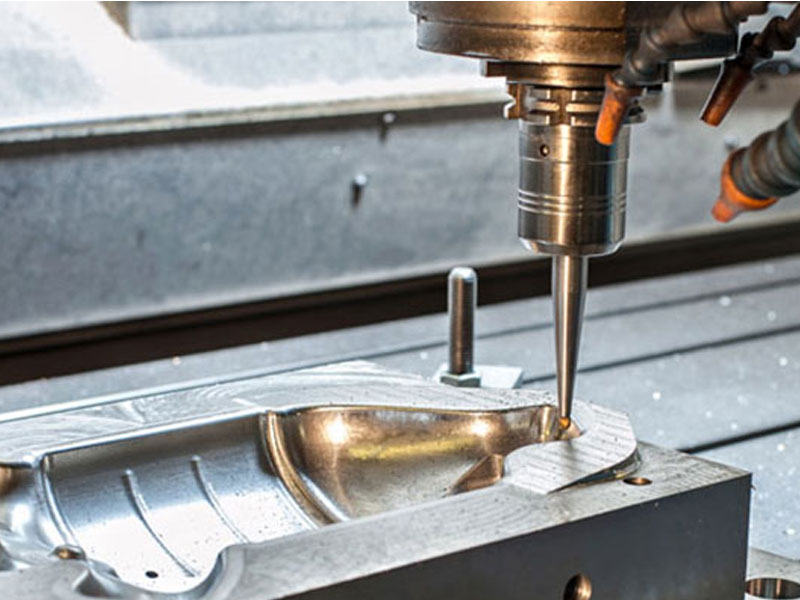Understanding Diecasting: The Process and Its Purposes
Understanding Diecasting: The Process and Its Purposes
Blog Article
Diecasting is a sophisticated manufacturing method that plays a critical role in producing sophisticated metal products with accuracy and precision. The method involves introducing the molten metal in a mold cavity with high pressure making it possible to create precise shapes and intricate patterns that would be difficult to accomplish using other methods. Diecasting is widely used across diverse industries like electronics, aerospace, automobiles as well as consumer products, due to its efficiency as well as its ability to make quality parts. This article explores the intricacies of diecasting, explaining its methods, advantages as well as uses.
At the core of diecasting is the utilization of molds, also referred to as dies. They are made from high-quality steel to withstand any harsh elements of this casting procedure. Die designs are done using precision and often incorporate intricate details and fine tolerances to guarantee precision of the final product. During the diecasting process, the molten metal, which is typically aluminum, zinc or magnesium-is in the dies under extreme pressures. This quick injection and subsequent hardening results in products with exceptional dimensional stability, as well as a flawless surface finish. This reduces the need for further processing or finishing. Precision of the dies allows for the production of geometries with complex shapes that would be challenging or impossible to achieve with other manufacturing techniques.
One of the most significant advantages of diecasting is its effectiveness in mass production. Once the dies are fabricated this process is able to be repeated hundreds or thousands times with minimal variation between pieces. This is vital for businesses that require huge quantities of similar components. In addition, diecasting is renowned as a material that is efficient. It produces less waste than other metal forming techniques, as excess metal can be recycled and reused. This is not just a way to reduce costs for materials, but it is also a part of greener manufacturing methods. A combination of efficiency, speed, and high efficiency in the production of materials makes diecasting a desirable solution for manufacturing large quantities.
Diecasting is widely utilized across different industries because of its versatility as well as the variety of different materials employed. For automotive manufacturing diecast components are crucial for producing components such as engine blocks, transmission case, and structural parts. Aerospace industry relies on diecasting for lightweight and strong parts that are able to withstand the demanding conditions of flying. For consumer electronics, the diecasting components are employed for housings and frames, providing durability and precision in devices. Diecasting's versatility expands to the healthcare, telecoms and power tools industries and demonstrates its vast use and significance. To receive extra details please check out Senadiecasting
Diecasting's capabilities go beyond the benefits of mechanical engineering to its flexibility in a variety of uses. For electronics, diecasting is used to create enclosures, heat sinks, and connectors to ensure that the devices are secure and perform efficiently. This process is utilized in manufacturing everyday products, ranging from cooking appliances to power tools, where high-quality and long-lasting are the most important factors. Its ability to make intricate and complex parts allows diecasting to be a viable option to engineers and designers seeking to innovate and improve product features. Through accommodating a variety of different metals and the integration of features that are intricate that diecasting allows the design of advanced products across multiple different industries.
Diecasting is an incredibly efficient and versatile manufacturing process that's essential in the creation of sophisticated metal parts with consistent and high-precision. Its capability to make parts that have intricate detail as well as tight tolerances and smooth surface finishes makes it invaluable across various fields, from automotive to aerospace to consumer electronics and beyond. The use of different materials also enhances the utility that diecasting offers, allowing companies to select the ideal alloy to suit their requirements. As the technology evolves and demand for high-quality, efficient components grows and increase, diecasting will continue to be an essential element for manufacturing which will drive innovation and superiority when it comes to production.